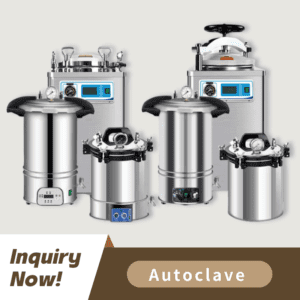
The article explains the interaction of three critical factors for sterilization while also offering optimal settings for various items and guidance to prevent typical errors. This guide serves to enhance autoclave sterilization practices for healthcare professionals as well as laboratory technicians and equipment distributors.
Three primary components interact to determine the success of autoclave sterilization.
Effective sterilization requires high temperatures to eliminate microorganisms and eradicate bacterial spores.
The length of exposure time allows heat to fully reach all sections of the sterilized items.
The use of pressure in an autoclave enables steam to achieve higher temperatures compared to atmospheric conditions.
These combined elements generate a lethal environment which destroys even the toughest microorganisms to achieve full sterilization.
We recommend our guide What is Autoclave Sterilization? A Complete Guide.
The type of items being sterilized determines the specific conditions needed for autoclave sterilization. Below are the most commonly used settings:
Unwrapped instruments, laboratory glassware, and simple tools can be sterilized using this setting.
Most autoclave items are sterilized effectively using this standard setting.
Sterilization of wrapped instruments alongside surgical tools and objects with complex surfaces requires this setting.
This setting applies to items where rapid sterilization or enhanced sterility levels are essential.
The autoclave should run liquids at 121°C under 15 psi pressure for 30-60 minutes with extended duration to avoid boiling over.
To achieve full decontamination of waste materials use 134°C at 30 psi for a period of 20-30 minutes.
To find the optimal settings for your sterilization requirements review our article ¿Cómo funciona un esterilizador autoclave?.
Effective sterilization requires continuous monitoring and maintenance of the autoclave conditions. Here’s how:
Chemical and biological indicators demonstrate successful sterilization by verifying correct temperature, time, and pressure levels.
Autoclaves require regular calibration to provide precise readings.
The chamber should not be overloaded because this prevents steam from circulating properly which results in incomplete sterilization.
Autoclave sterilization effectiveness can be compromised by minor errors. Here are some common mistakes to avoid:
Selecting inappropriate temperatures during autoclave sterilization may lead to insufficient microorganism destruction if too low or result in damage to items if too high.
Sterilization cycles that are ended before completion often lead to incomplete sterilization.
If items are arranged improperly during loading they can obstruct steam penetration.
Learning about autoclave operation principles will help you prevent common errors. visit ¿Cómo funciona un esterilizador autoclave?.
The autoclave sterilization technique operates through the utilization of moist heat sterilization principles. Here’s how it works:
Through steam penetration items receive both heat and moisture which leads to their sterilization.
Heat and moisture lead to protein denaturation within microorganisms which results in their destruction.
High temperature and pressure successfully destroy bacterial spores that withstand other sterilization methods.
The autoclave sterilization method serves multiple industrial sectors. Here are some examples:
The healthcare industry utilizes autoclaves to sterilize surgical instruments along with syringes and hospital linens.
Laboratory settings require sterilization of culture media as well as glassware and waste materials.
The pharmaceutical industry uses sterilization methods to certify the purity of both raw materials and manufactured products.
The food industry sterilizes packaging materials such as cans and jars.
Choose a Class B Autoclave Sterilizer for applications that need advanced sterilization technology.
Following these best practices helps achieve regulatory compliance and maintains safety standards.
Only sterilize items using cycles that have been verified to work specifically for those items.
Record the temperature, time, and pressure details for each sterilization cycle.
Establish a routine inspection and maintenance schedule to maintain efficient autoclave operation.
The autoclave sterilization process provides dependable and efficient sterilization for items used in medical settings and laboratory and industrial applications. Maintaining proper temperature, time, and pressure settings enables optimal sterilization results while preventing contamination.
Contact us for information on high-quality autoclaves or to get help selecting the appropriate model for your specific needs.
What is the recommended temperature for autoclave sterilization?
The most common temperatures are 121°C and 134°C, depending on the items being sterilized.
How long should unwrapped items be sterilized in an autoclave?
Typically, unwrapped items require 15-30 minutes at 121°C.
What is the minimum pressure required for autoclave sterilization?
The minimum pressure is 15 psi, which allows steam to reach the necessary temperatures.
Can liquids be sterilized in an autoclave?
Yes, liquids can be sterilized, but they require longer cycles to prevent boiling over.
What is the difference between 121°C and 134°C settings?
121°C is used for general sterilization, while 134°C is used for faster or more intensive sterilization, such as for surgical instruments.
For more information about autoclave sterilizers or to request a quote, contact Keling Medical:
Correo electrónico: inquiry@shkeling.com
WhatsApp: +8618221822482
Página web: https://autoclaveequipment.com/

La esterilización es un elemento esencial de las prácticas de control de infecciones tanto en los centros sanitarios como en los laboratorios. La esterilización en autoclave mediante vapor resulta eficaz para muchas aplicaciones, pero no es óptima en los siguientes casos
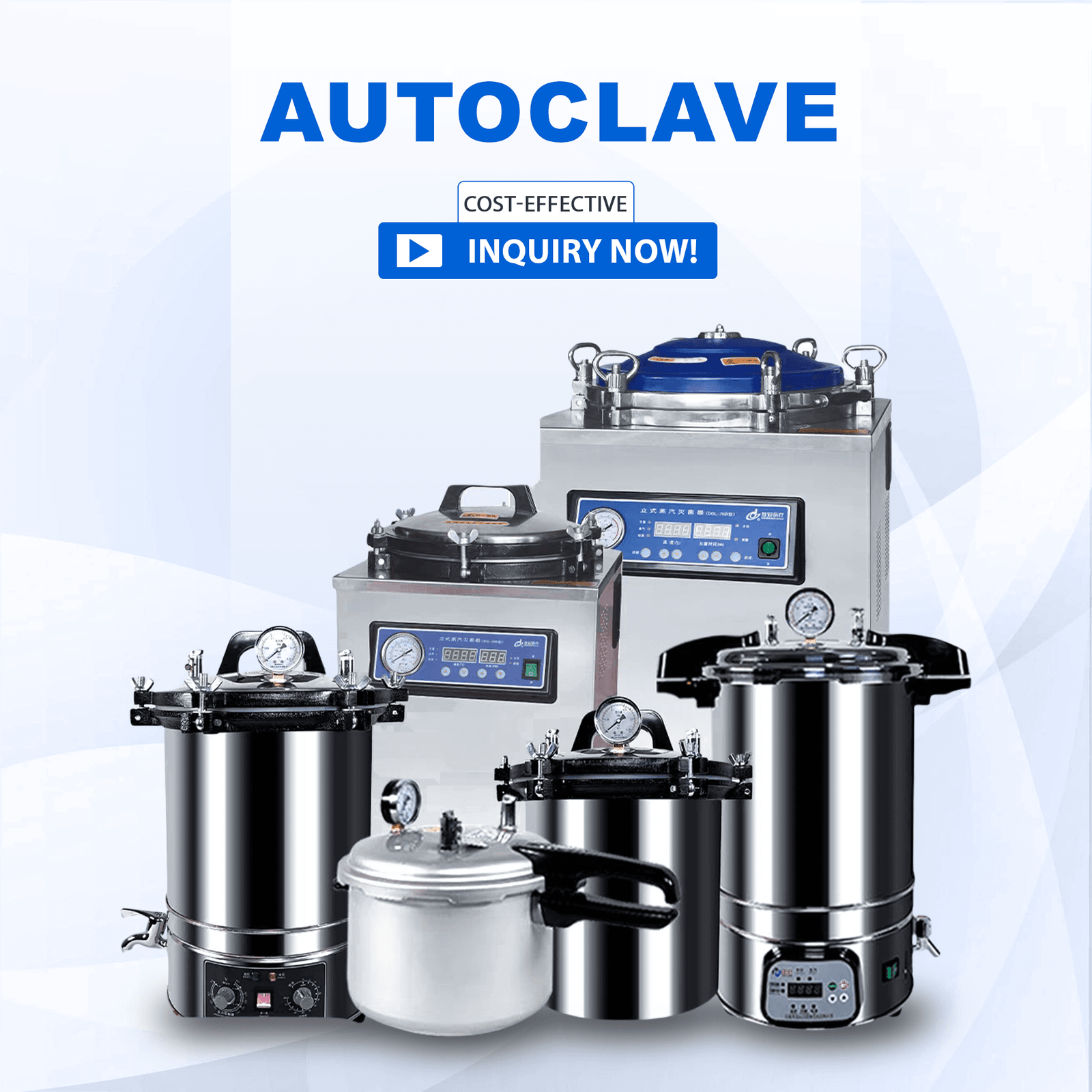
Los profesionales médicos de todo el mundo confían en los autoclaves como herramientas esenciales para garantizar la seguridad y esterilidad del instrumental médico. Los distribuidores de productos sanitarios y los especialistas en adquisiciones deben comprender los principios y las ventajas de los autoclaves

Los avances sanitarios hacen que sea esencial mantener el instrumental médico seguro y estéril en todo momento. Los distribuidores, vendedores y profesionales de la adquisición de productos sanitarios deben conocer los métodos de esterilización para operar con eficacia. En
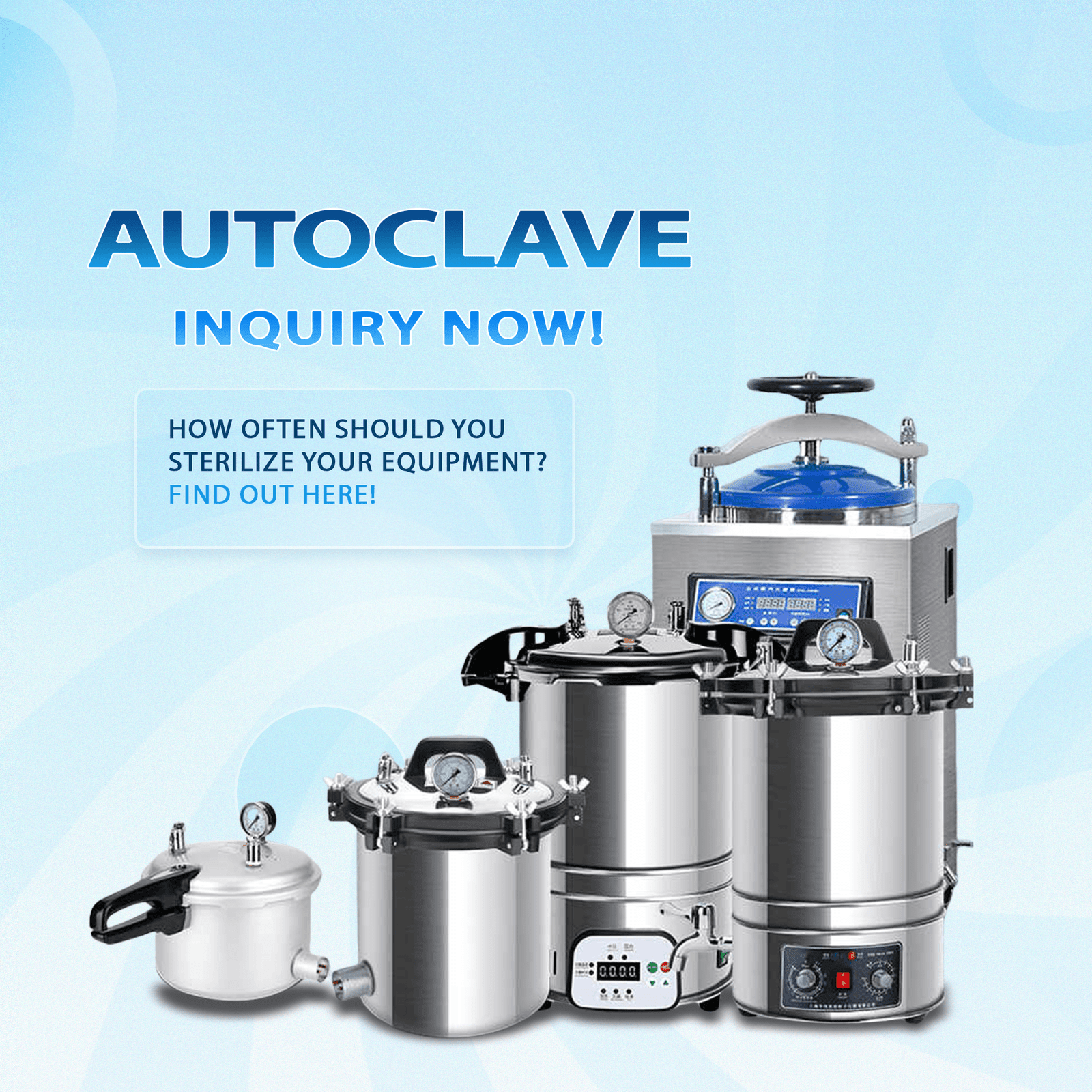
La esterilización de dispositivos e instrumentos médicos requiere autoclaves porque protegen la seguridad del paciente y facilitan el cumplimiento de las normas reglamentarias. Los sistemas de autoclave más sofisticados siguen experimentando ciertas limitaciones. Distribuidores de productos sanitarios,
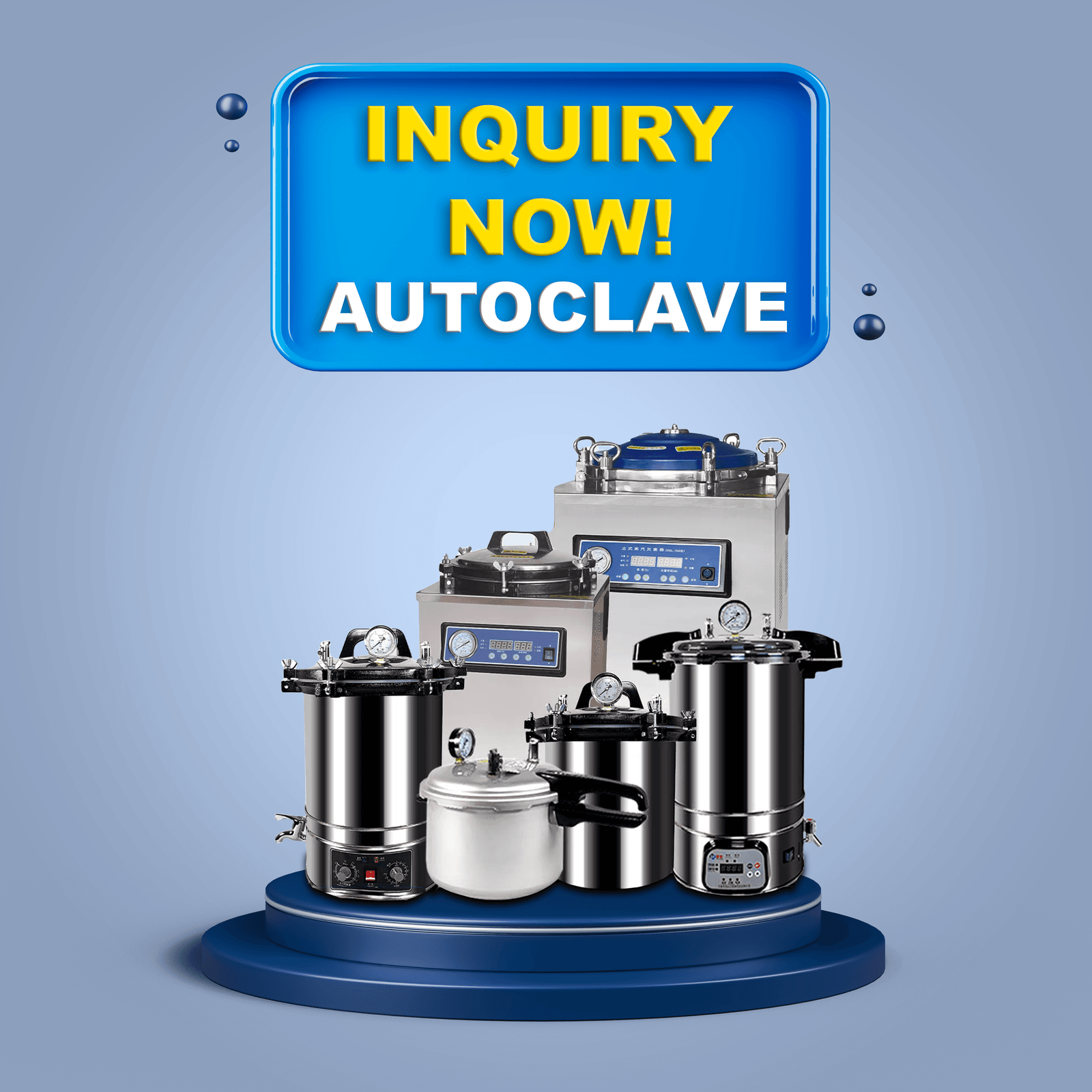
En la fabricación de dispositivos médicos, los autoclaves actúan como equipos esenciales porque proporcionan una esterilización uniforme de diversos instrumentos y materiales. Los autoclaves utilizan vapor saturado a alta presión para erradicar bacterias, virus, hongos y bacterias.
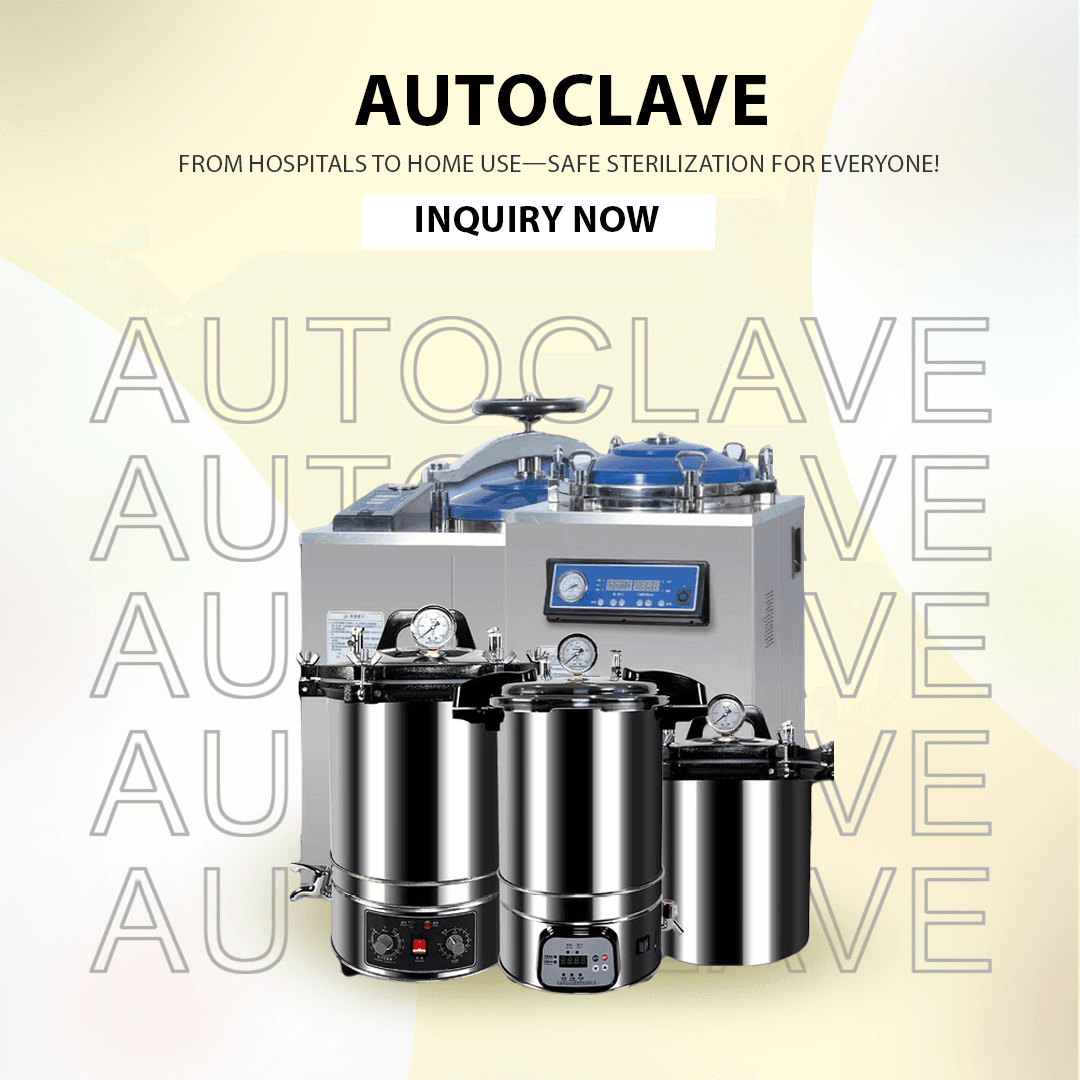
Los autoclaves son dispositivos cruciales en los entornos sanitarios y científicos, ya que esterilizan sistemáticamente instrumentos y materiales. Los distribuidores de equipos médicos, junto con los vendedores y los profesionales de compras, necesitan mantener los autoclaves en funcionamiento.